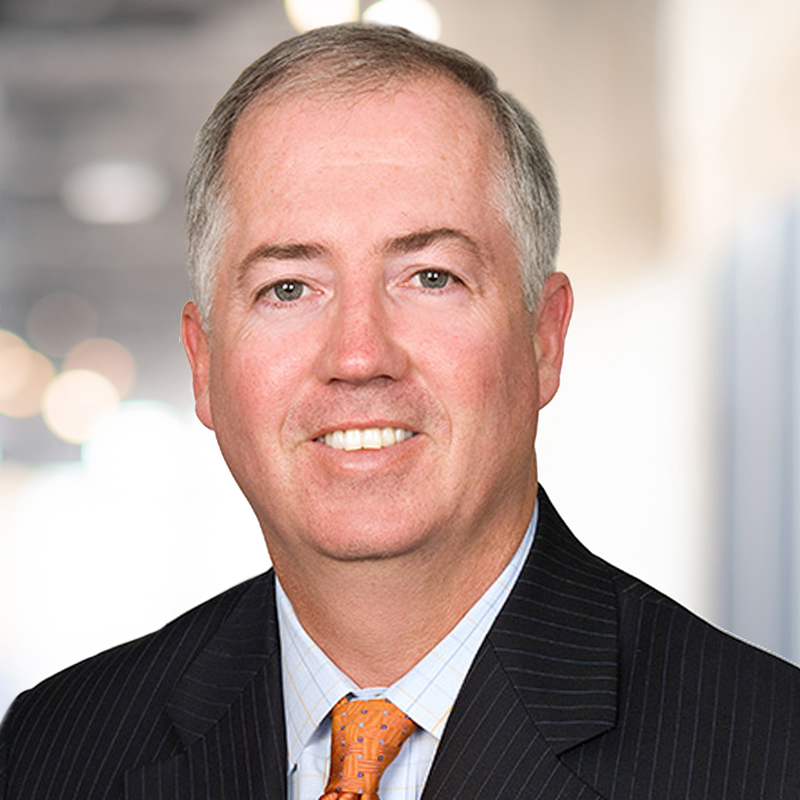
Computational Fluid Dynamics (CFD) is a highly advanced technique used to simulate fluid flows, and its importance is hard to overstate in modern industry. By using CFD, engineers can accurately predict fluid dynamics, such as pressure, temperature, velocity, and turbulence in complex systems or processes that would be impossible to study through traditional experimentation.
CFD simulation services are an indispensable tool across a wide range of industries. These services provide a detailed understanding of fluid flows and thermal characteristics of products, processes, and systems, which can significantly benefit a company’s bottom line. Loring has in–house expertise on the subject and has completed dozens of models for an array of project types.
Optimize HVAC System Design
CFD can be used to design and optimize heating, ventilation, and air conditioning (HVAC) systems. By simulating the airflow in buildings, Loring can determine the most effective placement of ducts, diffusers, and air handlers to ensure proper air distribution and minimize energy consumption. Specific use cases include airflow temperature and humidity prediction as a requirement for high–value artifacts or artwork in museums.
In a unique gallery space featuring a large double–height room, Loring’s contractual obligation to provide conditioned air to a specific area where valuable artwork was located presented a challenging situation. The tolerances for temperature and humidity requirements were extremely tight, leaving little room for error. To ensure the HVAC system could meet these strict specifications, Loring created a CFD model to evaluate and identify what changes were necessary. By simulating the behavior of air within the space, the CFD model provided valuable insight that enabled the HVAC system to be optimized and meet the contractual requirements, ultimately safeguarding the valuable artwork while maintaining the comfort and safety of the staff and visitors. At Loring, we use the best technological tools to meet our clients’ diverse needs.
Simulation Findings of a Museum Space
Natural Ventilation Design Schemes
Supporting Loring’s net–zero energy focus, CFD is used to design and optimize natural ventilation systems. By simulating the airflow through buildings, Loring can determine the most effective placement of openings, such as windows and vents, to ensure adequate ventilation and indoor air quality.
For a recent project, a college dormitory utilized a mechanical ventilation scheme that supplied ventilation to the corridors and utilized exhausts within each dorm room to distribute the outside air. Through a CFD simulation, Loring was able to identify deficiencies with the existing HVAC configuration. We identified a solution that incorporated natural ventilation that would have minimal impact on the operation of the building and the existing infrastructure. Our team members are committed to delivering the best solutions to complex challenges.
3D Models and CFD Images of a College Dormitory
Energy Efficiency Design Approach
CFD can be used to design and optimize building systems for energy efficiency. By simulating the airflow and heat transfer in buildings, engineers can evaluate the effectiveness of different energy-saving strategies, such as passive solar design, shading devices, and natural ventilation. CFD can also be used to optimize the sizing and placement of building insulation and evaluate the effectiveness of different types of glazing and window systems.

“CFD modeling has revolutionized the way we approach complex design challenges, enabling us to leverage our fluid mechanics and building systems expertise to deliver innovative solutions that meet the needs of our clients. By simulating the behavior of airflow in real-world scenarios, we are able to identify potential issues and optimize designs to achieve optimal performance and efficiency, ultimately driving better outcomes for our clients.”
Steven J. Kenah, PE, CEM, CFPS, LEED AP
President
Gas Dispersion Modeling
The unnoticed dispersion of hazardous gases such as carbon monoxide can have life-threatening implications. CFD can be used to model the dispersion of gases in different environments, such as indoor and outdoor spaces. By simulating the movement of gases under different conditions, Loring can determine the most effective placement of gas detectors and design a system that provides maximum coverage. CFD can also be used to evaluate the effectiveness of ventilation systems and identify potential areas of gas accumulation.

HVAC System
Introducing our latest project: a state-of-the-art HVAC system designed for hydrogen fuel cell production – the first of its kind in Canada. Our team of expert engineers faced a complex challenge due to the large volume of air required to purge the room housing the equipment in the event of a gas leak. To ensure the safety of the occupants, Loring used a CFD model to identify areas where hydrogen gas would accumulate and recommended the placement of gas detection sensors. We also ran multiple simulations to optimize the location of supply and exhaust duct openings, as well as gas detection sensor locations. The result is a reliable HVAC system that meets the strict safety standards required for hydrogen facilities as per the Canadian Hydrogen Installation Code (CSA/BNQ 1784). We are here to provide even our most groundbreaking clients with the best solutions for their safety needs.
Conclusion
CFD can be a powerful tool for designing and optimizing fluid mechanics in a variety of use case applications. By simulating the airflow movements in buildings, Loring can identify potential problems, optimize system performance, and design more efficient and effective building systems. As always, we aim to leverage the right technologies to provide comprehensive solutions for our clients.
Authors
Nigel Bastiampillai is a Principal and Avash Joshi is an Associate Vice President in Loring’s Toronto office. Steven Kenah is a Principal in the New York office.